By Christopher Miskimon
Gottfried Kurt “Joe” Guennel’s family escaped Germany just after Hitler and his Nazi Party came into power in 1934. He was just 14 and soon became thoroughly “Americanized,” enjoying baseball almost as much as he enjoyed the soccer he had learned in his homeland. When World War II began, he enlisted into the Army Reserve, hoping that volunteering would keep him out of the draft and that he might be able to finish his last year of college. He knew Germany could not win; he had seen both countries. Most families he knew in America had a car and a telephone. America’s industrial might made the outcome certain in Guennel’s mind.
The army did call him up just before he graduated, though they gave him a weekend pass to attend commencement. Soon afterward, he went to Camp Wolters, Texas, for basic training. He did well during training and was soon considered for Officer Candidate School, but instead gained acceptance into the Army Specialized Training Program (ASTP), which sent thousands of qualified men to colleges around the country to receive useful training before they would enter the army as officers. Joe wound up at the University of Missouri, Columbia, where he was assigned to learn Italian. While there, he and some other students took up soccer, a game Joe still loved.
Soon, however, the ASTP program was cancelled due to the need for troops on the front lines. Joe went back to his infantry designation, but once again fate intervened. Upon learning he was a native German speaker, the army assigned Joe to intelligence school where he learned about communications equipment and prisoner interrogation. Classes were taught on how to put an enemy prisoner at ease before questioning him and make use of the German soldier’s Soldbuch, a document every soldier carried and which contained extensive information about the soldier and his service.
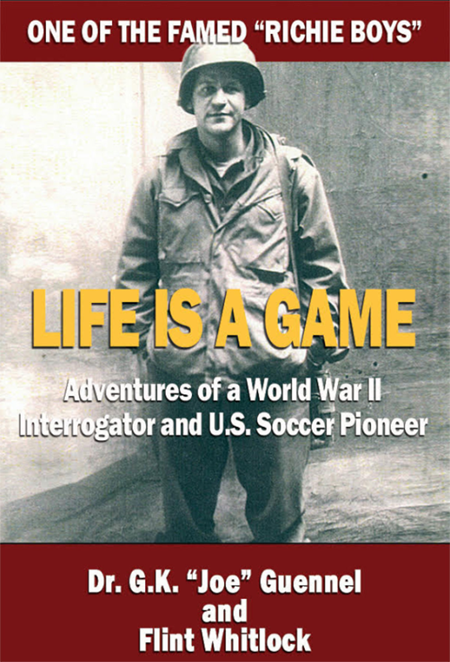
Promoted to Technician Grade Five (T-5), equivalent to a sergeant, he soon joined Interrogation, Prisoner of War Team 124 (IPW 124), assigned to the 44th Infantry Division. Joe soon learned how to do his job in a war zone. The team gathered large stores of souvenirs (German weapons, helmets, medals, etc.). They often traded them for things they needed, such as food, gasoline, or even a replacement jeep.
On one occasion, Joe and a fellow interrogator were attached to the 106th Infantry Regiment. When they arrived the regimental intelligence officer, a major, said he did not need them; the 106th did not take prisoners. They talked the major into trying them for a few days. They spoke with prisoners and refugees along with local citizens, who knew the terrain and where the German defenses were located. Joe and his comrades gave the major the locations of the enemy’s machine guns and artillery batteries, along with German command posts and barns where enemy tanks sat hidden. The major changed his mind about prisoners and the use of interrogators.
Joe spent the rest of the war and time after questioning prisoners and writing up reports on what he learned. Along the way he organized baseball and soccer teams. On day he received a message from German Field Marshal Albert Kesselring, though he had never met or questioned the man. It turned out to be a compliment on his soccer playing, which Kesselring watched from the window of his cell. Joe also took part in many postwar interrogations of high-ranking Nazis.
After the war Joe returned to the United States where he eventually obtained advanced degrees in botany and moved to Littleton, Colorado. There he took up soccer again and was instrumental in expanding the game in America. His life is told in Life is a Game: Adventures of a World War II Interrogator and U.S. Soccer Pioneer (Dr. G.K. “Joe” Guennel and Flint Whitlock, Cable Publishing, Brule, WI, 2022, 187 pp., maps, photographs, notes, appendix, bibliography, index, $9.95, Kindle Edition).
This book is an interesting look at the work of interrogators in Europe during the war. The subject’s accomplishments in soccer make the work of interest to fans of the sport as well. The narrative is clear and the writing engaging. There are many photographs accompanying the text, a lot of them from the author’s own collection. This is a fascinating look at a veteran’s experiences during the war and the life he built afterward, justifying the sacrifices he and so many others made during the conflict.
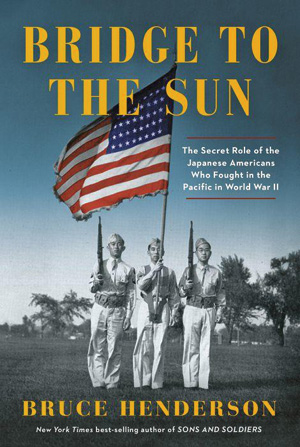 Bridge to the Sun: The Secret Role of the Japanese Americans Who Fought in the Pacific in World War II (Bruce Henderson, Alfred A. Knopf Publishers, New York, NY, 2022, 454 pp., photographs, appendices, notes, bibliography, index, $35.00, hardcover)
Bridge to the Sun: The Secret Role of the Japanese Americans Who Fought in the Pacific in World War II (Bruce Henderson, Alfred A. Knopf Publishers, New York, NY, 2022, 454 pp., photographs, appendices, notes, bibliography, index, $35.00, hardcover)
Thousands of Americans of Japanese ancestry served in the United States Army during World War II. Many served as interpreters, interrogators and translators, and they served in all the battles and campaigns in the Pacific theater. Most of them came to the army from internment camps and after they volunteered their families stayed behind in those camps. Eager to prove themselves loyal Americans, they also faced the prejudices of their fellow citizens and soldiers. They set about their task of gathering useful intelligence with determination, their job often made easier by an Imperial Japanese bias that no Westerner could understand the complexities of their language. As a result, much Imperial radio traffic was sent in plain language and the Japanese Americans listening quickly translated it. MacArthur’s chief of intelligence, Major General Charles Willoughby, claimed “The Nisei in the Pacific saved countless lives and shortened the war by two years.”
This new work by an authority on the Pacific theater effectively tells the story of the Nisei who served there. The narrative is rich with detail on each of the author’s subjects, including their pre-war lives, enlistment, training, and service. The book contains many photographs from the subject’s personal collections. This volume is a worthy addition to the more well-known histories of the Japanese Americans who fought in Europe.
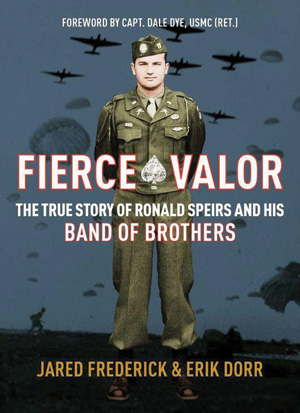 Fierce Valor: The True Story of Ronald Speirs and his Band of Brothers (Jared Frederick and Erik Dorr, Regnery Books, Washington, D.C., 2022, 346 pp., maps, photographs, notes, bibliography, index, $27.99, hardcover)
Fierce Valor: The True Story of Ronald Speirs and his Band of Brothers (Jared Frederick and Erik Dorr, Regnery Books, Washington, D.C., 2022, 346 pp., maps, photographs, notes, bibliography, index, $27.99, hardcover)
Ronald Speirs began his combat career as a 2nd lieutenant leading a rifle platoon in D Company, 506th Parachute Infantry Regiment, 101st Airborne Division. A complex figure, he inspired many things in his men, devotion, respect, and admiration, but also fear and at times confusion. Whatever the opinions of his men, Speirs was unquestionably a sterling combat leader, brave and heedless of personal danger. After his service in D Company, he went on to command E Company in the same regiment, the famed “Band of Brothers” popularized by the classic Stephen Ambrose book of the same name. He commanded the company in combat for longer than any other officer and went on to serve in Korea, Germany, and Southeast Asia after the war, retiring as a lieutenant colonel two decades later.
A biography of one of Easy Company’s more enigmatic members is long overdue, and the authors deliver it with clear writing and a detective’s eye on the various stories around Speirs. They dive into some of the persistent stories, such as one depicting him killing one of his own sergeants for refusing orders and another executing prisoners during the Normandy Campaign. They try to separate the facts from the rumors and, like real investigators, acknowledge when the truth is unknowable based on the available information. The book is easy to read and follow and provides plenty of detail for the reader interested in America’s most famous unit of paratroopers.
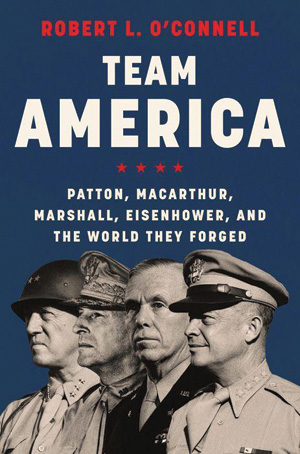 Team America: Patton, MacArthur, Marshall, Eisen- hower, and the World They Forged (Robert L. O’Connell, Harper Books, New York, NY, 2022, 547 pp., photographs, notes, bibliography, index, $29.99, hardcover)
Team America: Patton, MacArthur, Marshall, Eisen- hower, and the World They Forged (Robert L. O’Connell, Harper Books, New York, NY, 2022, 547 pp., photographs, notes, bibliography, index, $29.99, hardcover)
Many things combined to bring the United States success in World War II, and among the foremost was the leadership provided by key generals. George Patton proved a formidable tactical and operational commander, able to hit the Germans hard and keep them off balance. Above him, Dwight D. Eisenhower led the Allied effort in the European theater, balancing competing concerns between the Allies, logistical requirements, and the need to win in a way few others could have managed. In the Pacific theater, Douglas MacArthur, while vain and dramatic, became the face of victory. George C. Marshall oversaw all of them and helped coordinate the national effort during the conflict. None of them were perfect, and they did not always get along or necessarily like each other, but together they worked toward the ultimate goal of ending the war successfully.
The author deftly blends accounts of these four disparate characters to reveal how they served their country during the war. Their careers were often intertwined, and the narrative shows how this worked to the advantage of all. The tale begins with their births, all within a decade of one another, and goes through their upbringing, educations, and entry into military service. The result is an in-depth and fascinating look at the higher ranks of the United States Army in World War II.
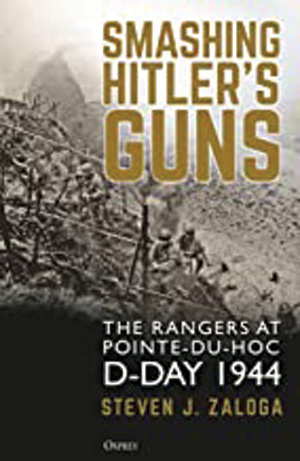 Smashing Hitler’s Guns: The Rangers at Pointe-Du-Hoc D-Day 1944 (Steven J. Zaloga, Osprey Books, Oxford, UK, 2022, 368 pp., maps, photographs, appendices, glossary, notes, bibliography, index, $35.00, hardcover)
Smashing Hitler’s Guns: The Rangers at Pointe-Du-Hoc D-Day 1944 (Steven J. Zaloga, Osprey Books, Oxford, UK, 2022, 368 pp., maps, photographs, appendices, glossary, notes, bibliography, index, $35.00, hardcover)
The Allied staff officers planning the Normandy invasion were very worried about the German gun emplacement at Pointe-Du-Hoc, which could range the American invasion beaches and fire on the fleet offshore. They assigned a force of Rangers to scale the sheer cliffs dropping from the Pointe to the sea below and knock out the cannon. This mission is well-known in the lore of D-Day, but the Rangers performed other feats that day. Another Ranger unit attacked a different artillery position at Pointe-et-Raz-de-la-Percee, an action little known today. Meanwhile, on Omaha Beach a third Ranger force fought on the right flank in the Vierville sector. There, they played a vital part in the success of the American landings.
The author gathered new accounts in researching this work, including the original, unedited report from the U.S. Army, long filed away and forgotten in an archive. The book sheds light on the contribution of the Rangers to the success of the D-Day invasion. The appendices give useful, interesting information on the Rangers and the guns they targeted. The book is filled with firsthand accounts by Ranger veterans who participated in the fighting.
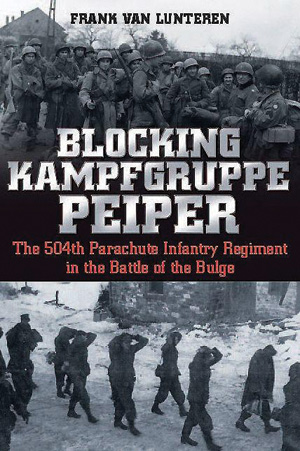 Blocking Kampfgruppe Peiper: The 504th Parachute Infantry Regiment in the Battle of the Bulge (Frank van Lunteren, Casemate Books, Havertown, PA, 2022, maps, photographs, appendices, notes, bibliography, index, $24.95, softcover)
Blocking Kampfgruppe Peiper: The 504th Parachute Infantry Regiment in the Battle of the Bulge (Frank van Lunteren, Casemate Books, Havertown, PA, 2022, maps, photographs, appendices, notes, bibliography, index, $24.95, softcover)
When the German army launched an offensive through the Ardennes in December 1944, the Allies were initially caught by surprise. They sent two divisions of paratroopers to bolster the lines against the Nazi onslaught. One of them, the U.S. 82nd Airborne, was rushed to the area of St. Vith. There, American soldiers of the 504th Parachute Infantry Regiment blocked the advance of SS troops including the infamous Kampfgruppe Peiper. Within two days of arriving at St. Vith, the paratroopers shifted to the offensive against the Germans, forcing their withdrawal. Despite their efforts, further fighting forced the Americans to fall back from St. Vith. As the weather worsened, the 504th continued to fight, defending not only against SS panzer units, but also their German airborne counterparts, the 3rd Fallschirmjaeger Division. The men of the 504th were determined to live up to their motto – “Strike and Hold.”
The book provides an intriguing, in-the-foxhole view of the 504th’s actions during the Battle of the Bulge. The author’s sources include unpublished diaries, letters, and battle reports to establish the facts of the battle. Over 100 veteran interviews contributed to this book as well. The work is well-illustrated and contains excellent maps depicting various engagements in detail. A series of detailed appendices flesh out the narrative and provide interesting background information.
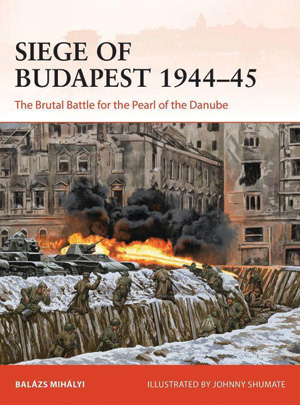 Siege of Budapest, 1944-45: The Brutal Battle for the Pearl of the Danube (Balazs Mihalyi, Osprey Books, Oxford, UK, 2022, maps, photographs, bibliography, index, $24.00, softcover)
Siege of Budapest, 1944-45: The Brutal Battle for the Pearl of the Danube (Balazs Mihalyi, Osprey Books, Oxford, UK, 2022, maps, photographs, bibliography, index, $24.00, softcover)
Some of the most brutal urban combat of the war took place during the 52-day siege of the city of Budapest, Hungary, from December 1944 to February 1945. Hitler declared it a fortress city, giving it symbolism as a place whose defenders must fight to the last bullet. Almost 100,000 German and Hungarian troops garrisoned the city, fighting against double that number of Soviet soldiers. The Red Army cut off the city on the east bank of the Danube before crossing the river and completing their encirclement on the west side. Afterward came a phased operation to take the city.
Part of Osprey’s well-known and successful Campaign series, this work delves into the siege of the city using good maps, original artwork, and extensive illustration. The text is organized to cover the leadership, plans and opposing forces before launching into a narrative of the actual campaign.
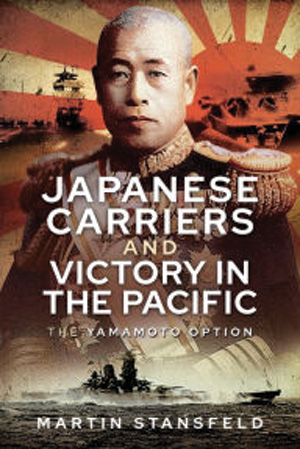 Japanese Carriers and Victory in the Pacific: The Yamamoto Option (Martin Stansfeld, Pen and Sword Books, South Yorkshire, UK, 2022, 227 pp., maps, tables, photographs, index, $34.95, hardcover)
Japanese Carriers and Victory in the Pacific: The Yamamoto Option (Martin Stansfeld, Pen and Sword Books, South Yorkshire, UK, 2022, 227 pp., maps, tables, photographs, index, $34.95, hardcover)
In the years leading up to World War II, Japan had to decide what kind of fleet it needed to defeat the United States. The first choice was for a larger force of battleships, mainly the Yamato-class super battleships, to overmatch the American battle line. Their other option involved constructing enough aircraft carriers to reduce the U.S. Navy’s numerical advantage. They chose to develop their carrier fleet, although many of the ships they built were converted from auxiliary vessels and liners while some battleships remained in the construction slips. These took up space which could have been used to lay down more modern aircraft carriers. The Yamato-class ships were practically useless during the war while additional carriers and air groups early in the conflict would likely have made a difference. Whether it would have been a war-winning difference is open to conjecture.
This new work examines how the Pacific War might have gone differently had Japan made different decisions in its war preparations. The author backs up his hypotheses with good research and knowledge of the personalities involved. The book is an interesting look at a “what-if” of the war which has not seen attention before.
 At First Light: A True World War II Story of a Hero, his Bravery, and an Amazing Horse (Walt Larimore and Mike Yorkey, Knox Press, New York, NY, 2022, 446 pp., maps, photographs, appendices, notes, bibliography, index, $35.00, hardcover)
At First Light: A True World War II Story of a Hero, his Bravery, and an Amazing Horse (Walt Larimore and Mike Yorkey, Knox Press, New York, NY, 2022, 446 pp., maps, photographs, appendices, notes, bibliography, index, $35.00, hardcover)
Phil Larimore grew up in Memphis, Tennessee. A Boy Scout, he learned a lot of outdoor skills, including horsemanship. His parents sent him to military school, and he entered the army soon after Pearl Harbor, becoming the youngest person to ever graduate Officer Candidate School, three weeks before his 18th birthday. Phil entered the war at Anzio in February 1944, leading an Ammunition and Pioneer Platoon in the 3rd Infantry Division. Over time he fought with the division through Italy, France, and into Germany, earning decorations for valor along the way. Near the end of the war, he was assigned a last, covert mission to find the famed Lipizzaner horses before they were lost. After the war, he came home and resumed his life, refusing to consider himself a hero. The heroes were the ones who did not come home.
The story of Phil Larimore is well told in this new book. The authors highlight their subject’s courage and ability to endure the hardships of war. Phil’s love of horses and interactions with them in North Africa and Europe add to the narrative, making this a story of equestrian as well as military action.
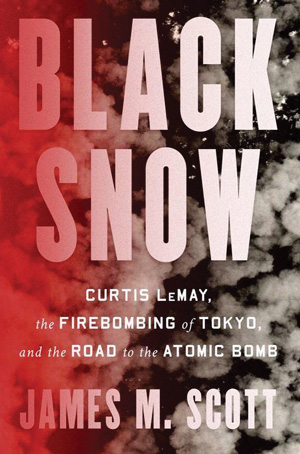 Black Snow: Curtis LeMay, the Firebombing of Tokyo, and the Road to the Atomic Bomb (James M. Scott, W. W. Norton and Company Publishers, New York, NY, 2022, 400 pp., maps, photographs, notes, bibliography, index, $35.00, hardcover)
Black Snow: Curtis LeMay, the Firebombing of Tokyo, and the Road to the Atomic Bomb (James M. Scott, W. W. Norton and Company Publishers, New York, NY, 2022, 400 pp., maps, photographs, notes, bibliography, index, $35.00, hardcover)
Shortly after midnight on March 9, 1945, one of the most terrifying events of an already terrible war occurred. Almost 300 American Boeing B-29 Superfortress heavy bombers arrived over the Japanese capital of Tokyo, their bomb bays loaded with incendiaries. Those bombs soon fell upon the city, igniting fires which combined into a massive firestorm that reached temperatures of 1,800 degrees, enough to turn asphalt to liquid. Over 100,000 people lost their lives during this attack orchestrated by General Curtis LeMay, a ruthless officer determined to do his part to end the war as soon as possible. Despite his willingness to inflict such terrible casualties upon civilians, he seemed aware of what he was doing, remarking that if the Allies lost the war, “…we’ll be tried as war criminals.” This attack marked the first time American leaders intentionally targeted civilians, and this practice continued until the atomic bombs were dropped the following August, ending the war.
Such a terrible event took extensive planning and had far ranging effects afterward; the author covers these in this new work. All the things which had to happen for the raid to occur are given attention: the development of the B-29, the seizure of the islands where they were based, and the transition of the attacks on Japan from daytime precision missions to nighttime incendiary bombing. The coverage of the firebombing of Tokyo is sobering and at times disturbing.
New and Noteworthy
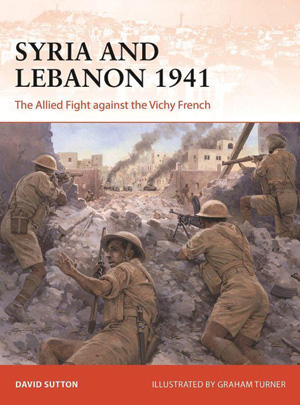 Syria and Lebanon 1941: The Allied Fight against the Vichy French (David Sutton, Osprey Books, 2022, $24.00, softcover). In June 1941 Commonwealth and Free French forces invaded Syria and Lebanon. Their victory kept German forces out of the region and away from the Suez Canal.
Syria and Lebanon 1941: The Allied Fight against the Vichy French (David Sutton, Osprey Books, 2022, $24.00, softcover). In June 1941 Commonwealth and Free French forces invaded Syria and Lebanon. Their victory kept German forces out of the region and away from the Suez Canal.
F4U Corsair Vs A6M Zero-Sen: Rabaul and the Solomons 1943-44 (Michael John Claringbould, Osprey Books, 2022, $22.00, softcover). The Vought F4U Corsair fighter encountered difficulties against the Japanese when it first entered combat. Eventually new tactics and combat experience made it a fearsome opponent.
Panzer III (Thomas Anderson, Osprey Books, 2022, $50.00, hardcover). The Panzer III was Germany’s workhorse tank during the early years of the war. This well-illustrated volume covers its development, unit organization and combat employment.
Red Star Versus Rising Sun Volume 2: The Nomonhan Incident 1939 (Adrien Fontanellaz, Helion and Company, 2022, $29.95, softcover). Part of the publisher’s Asia at War series, this edition covers the major clash between Soviet and Japanese forces on the eve of World War II. The Japanese defeat had serious implications for later Japanese decisions.
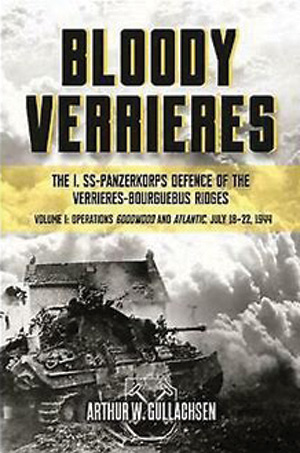 Fallschirm Panzer Division ‘Hermann Goring:’ A History of the Luftwaffe’s Only Armoured Division 1933-1945 (Lawrence Paterson, Greenhill Books, 2022, $39.95, hardcover). The Luftwaffe’s leader jealously developed his own personal army, including a small Prussian police unit which grew into a powerful tank division. It fought in North Africa, Sicily, Italy, and the Eastern Front..
Fallschirm Panzer Division ‘Hermann Goring:’ A History of the Luftwaffe’s Only Armoured Division 1933-1945 (Lawrence Paterson, Greenhill Books, 2022, $39.95, hardcover). The Luftwaffe’s leader jealously developed his own personal army, including a small Prussian police unit which grew into a powerful tank division. It fought in North Africa, Sicily, Italy, and the Eastern Front..
Bloody Verrieres: The 1st SS-Panzerkorp’s Defence of the Verrieres-Bourguebus Ridges (Arthur W. Gullachson, Casemate Books, 2022, $37.95, hardcover) This is the first volume in a set examining the German defense of these ridges south of Caen. The SS troops put up a stiff defense against the attacking British forces.
On to Stalingrad: Operation Winter Thunderstorm and The Attempt to Relieve Sixth Army, December 1942 (Horst Scheibert, Casemate Books, 2022, $45.00, hardcover). This is a reprint of a 1956 account of the German attempt to break through the Soviet forces surrounding Stalingrad. The author served as a tank commander during the operation.
The Day Rommel was Stopped: The Battle of Ruweisat Ridge, 2 July 1942 (Major F. R. Johnson and Chris Jephson, Casemate Books, 2022, $22.95, softcover). This is the story of a small number of British defenders who held against Rommel’s forces during the First Battle of El Alamein.
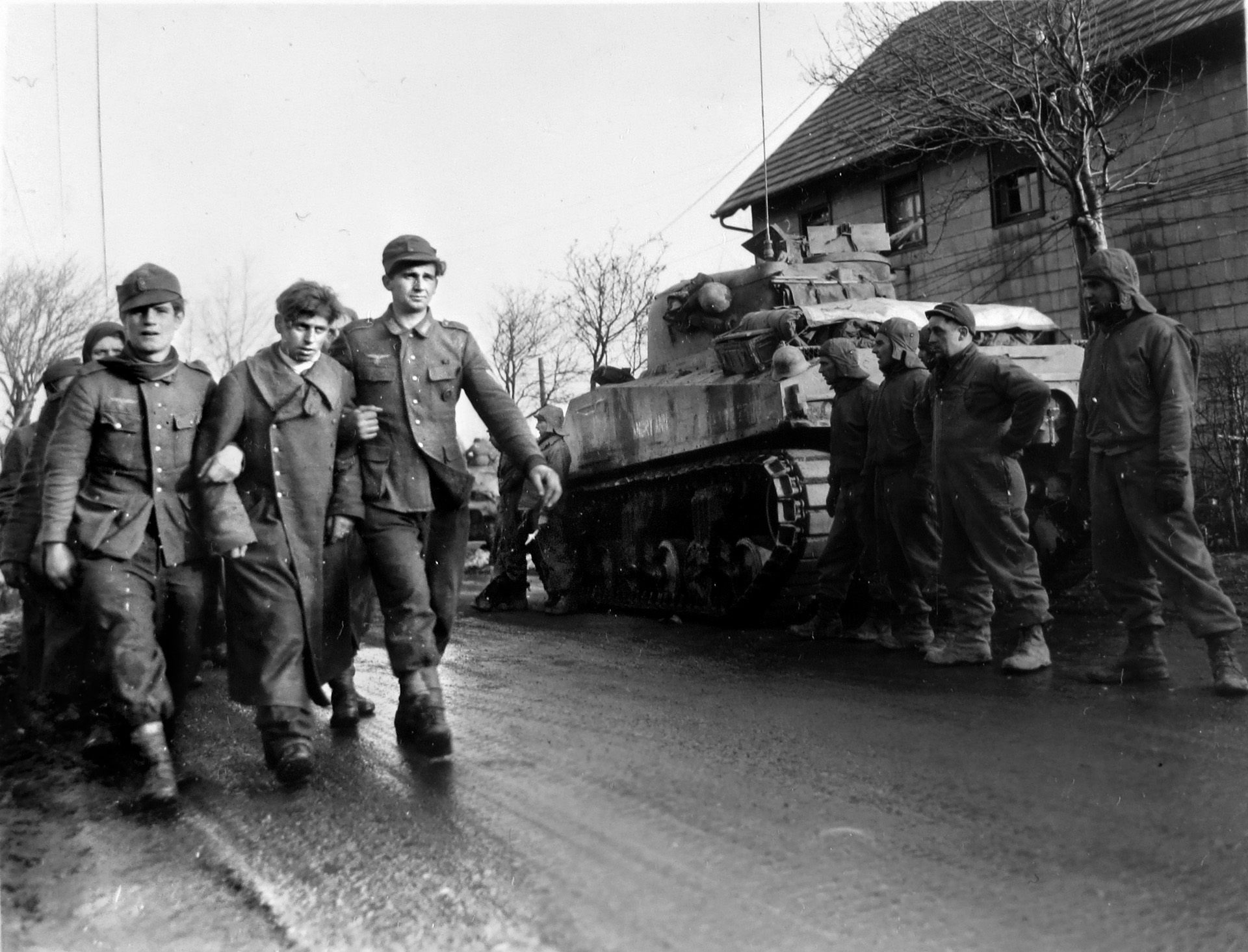
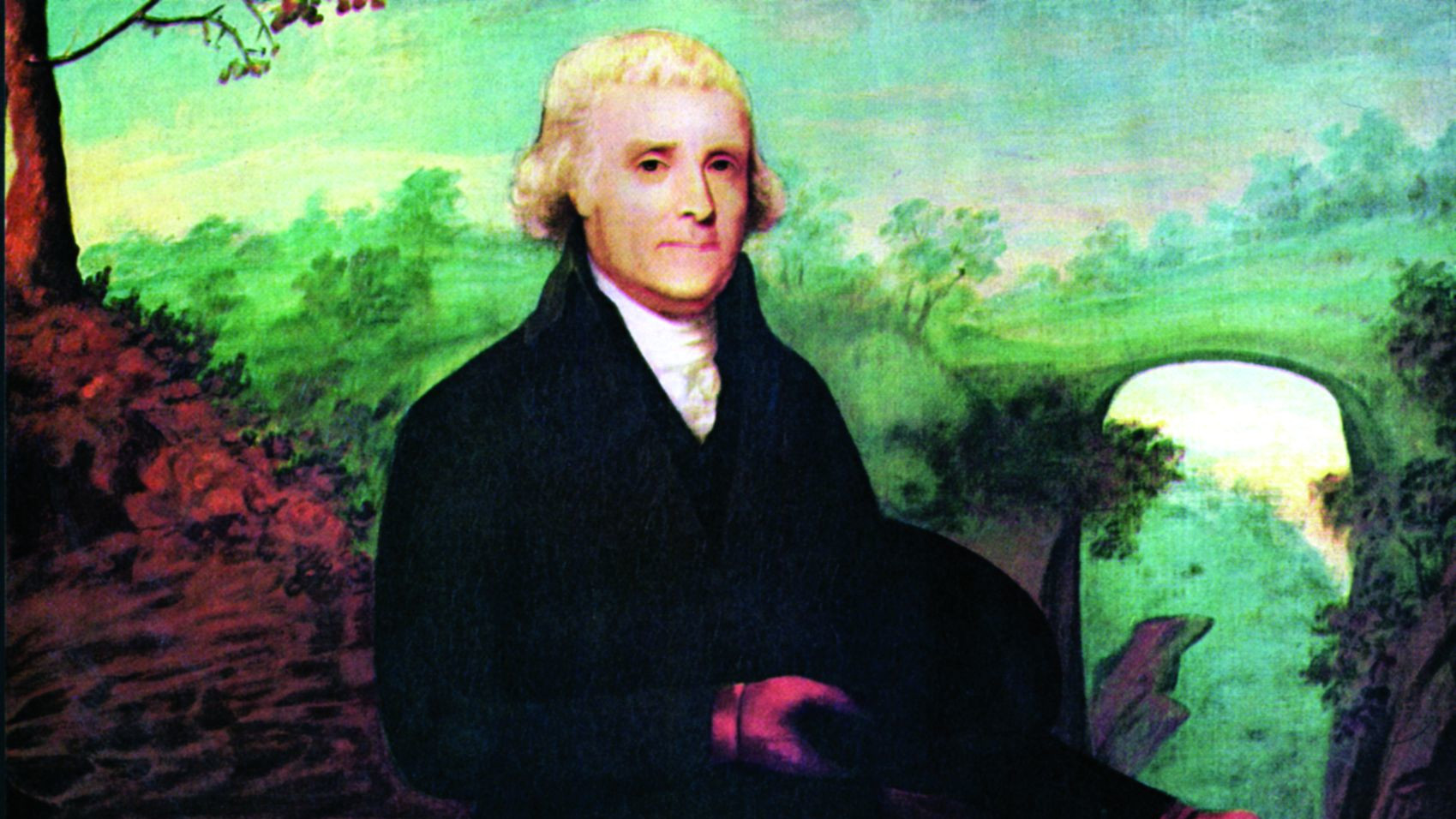
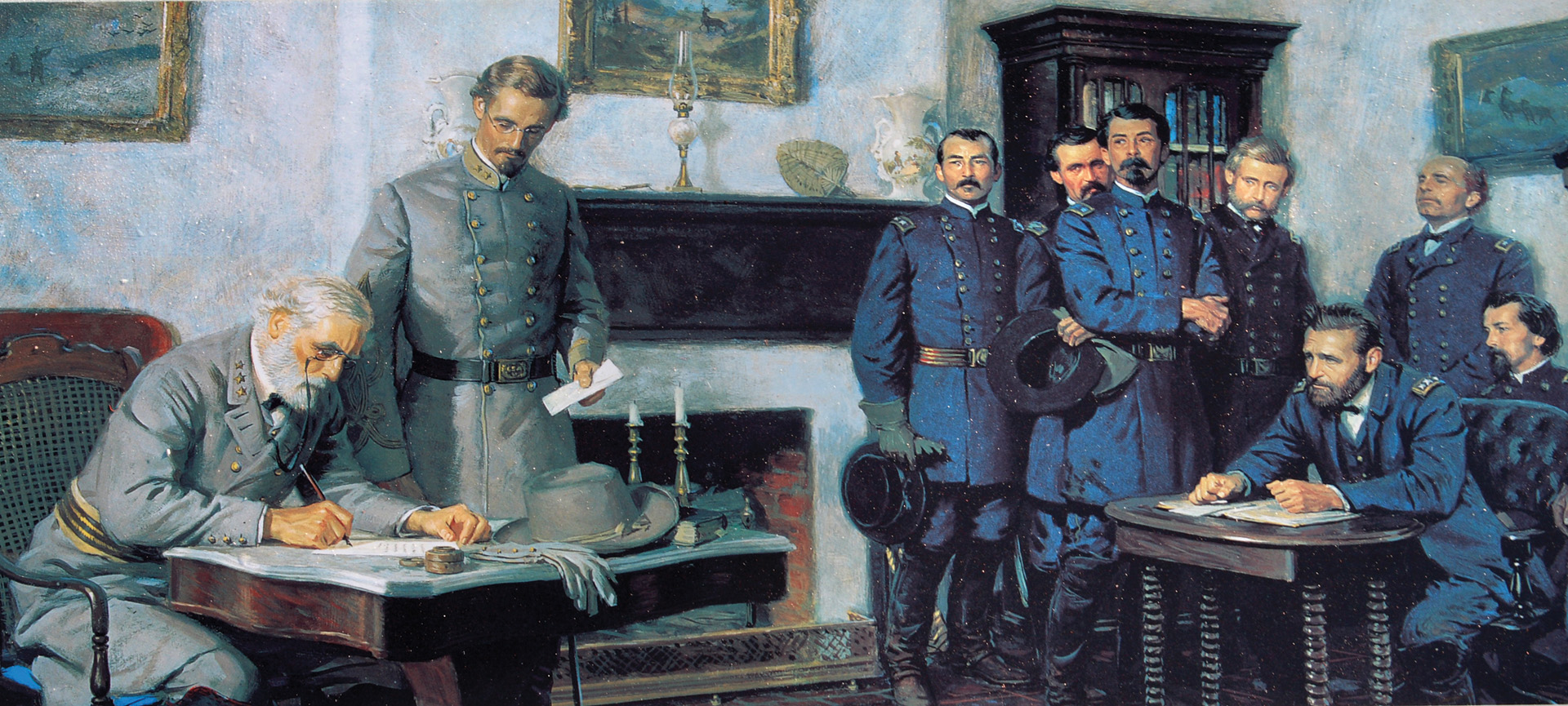
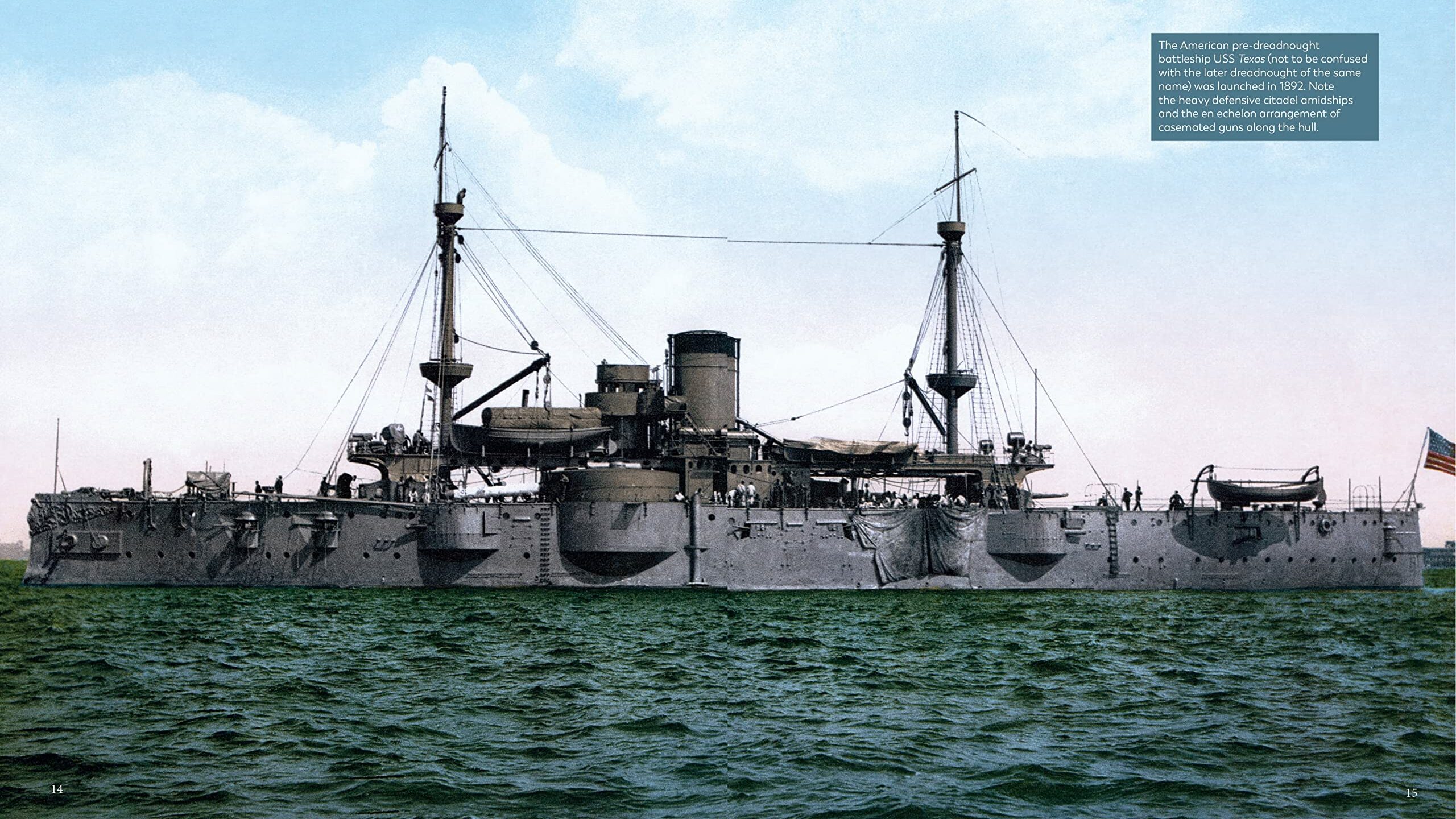
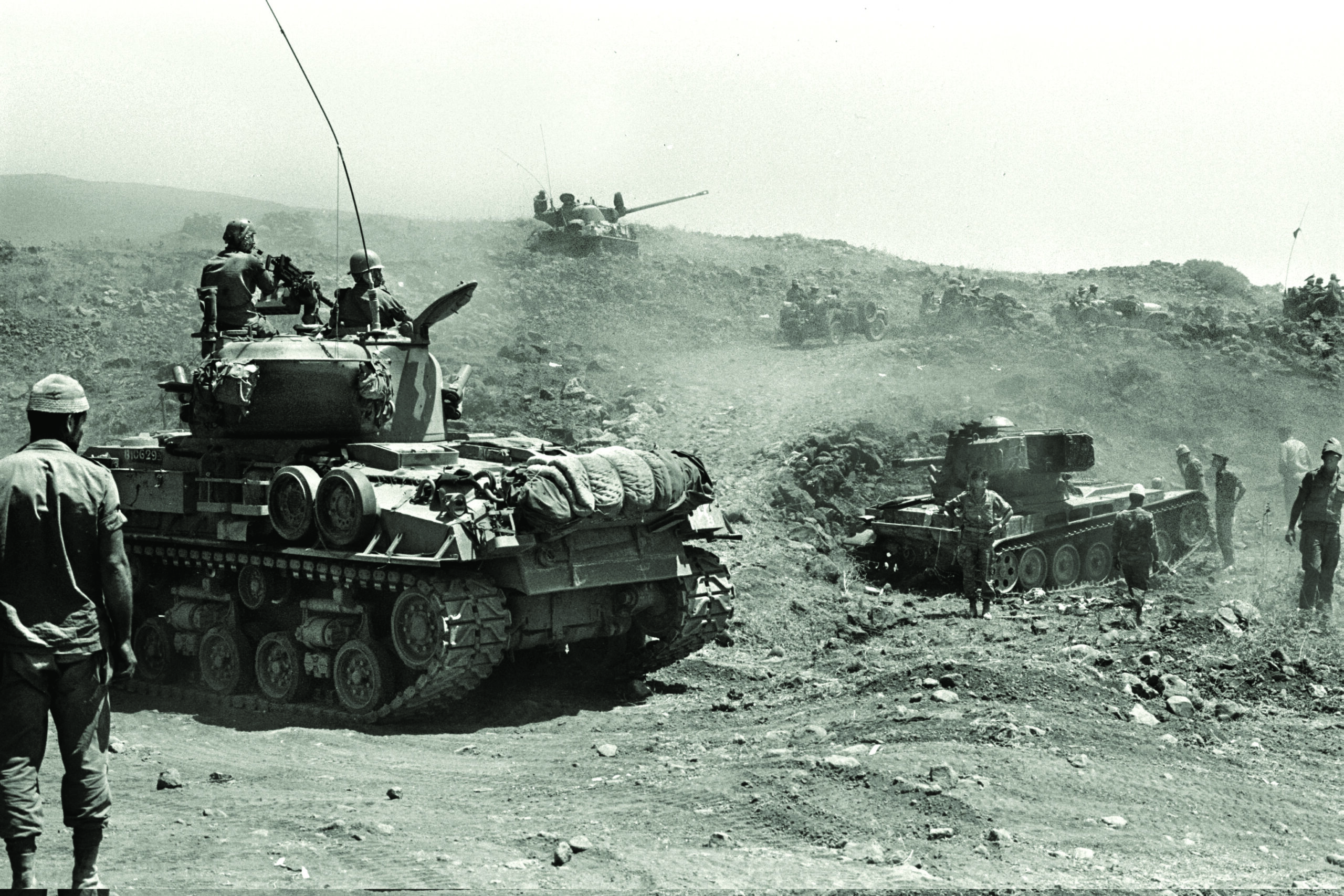
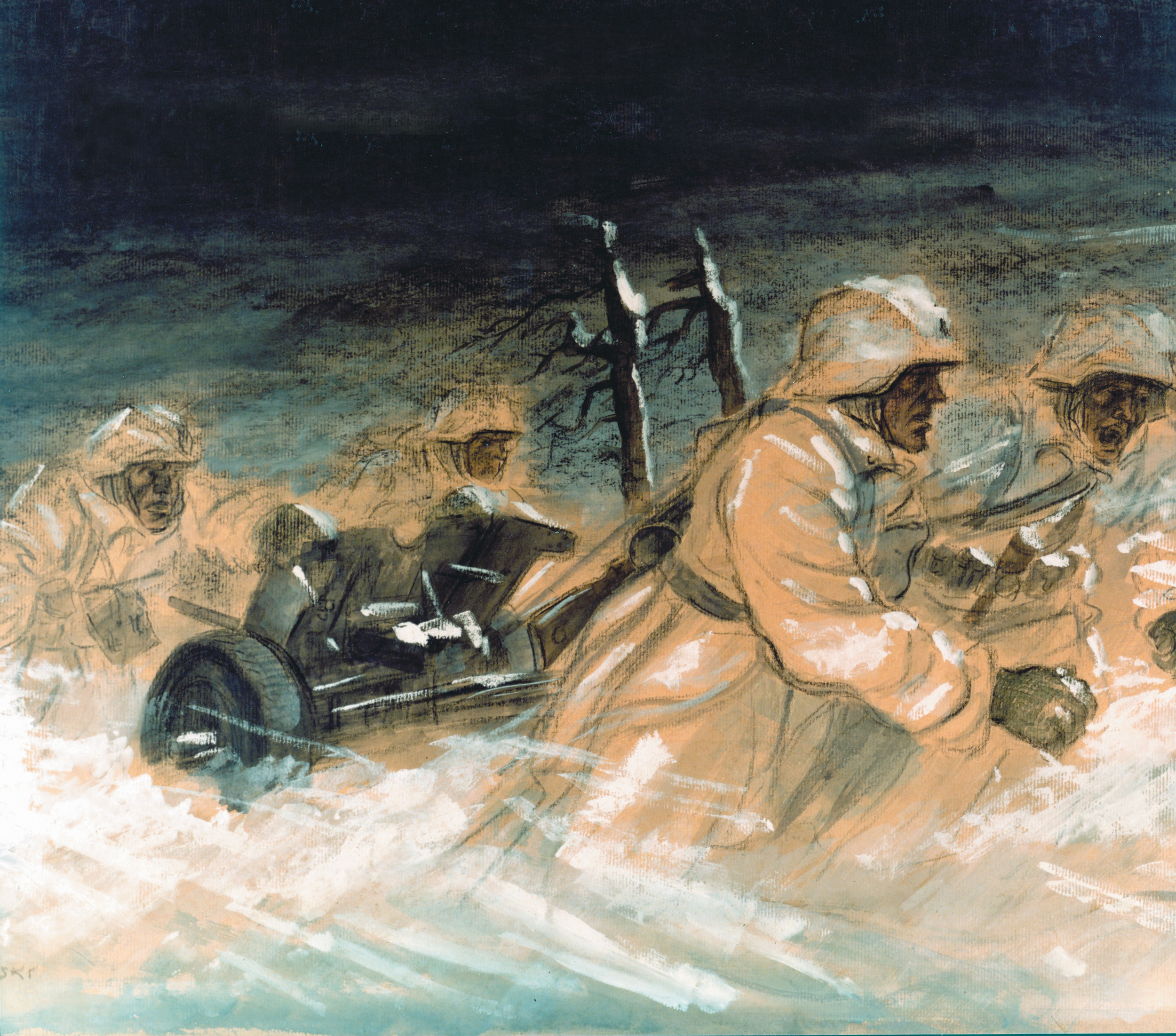
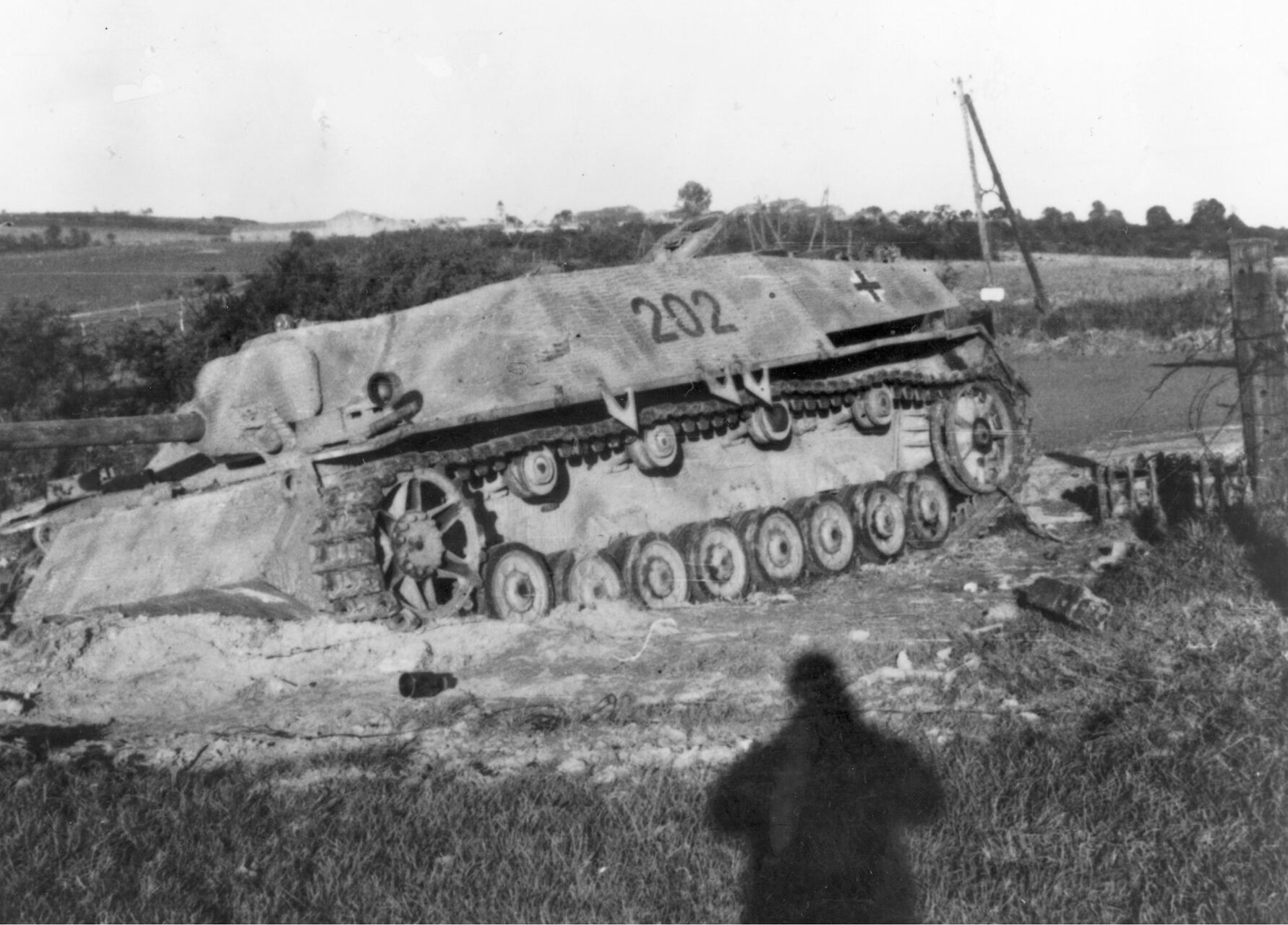
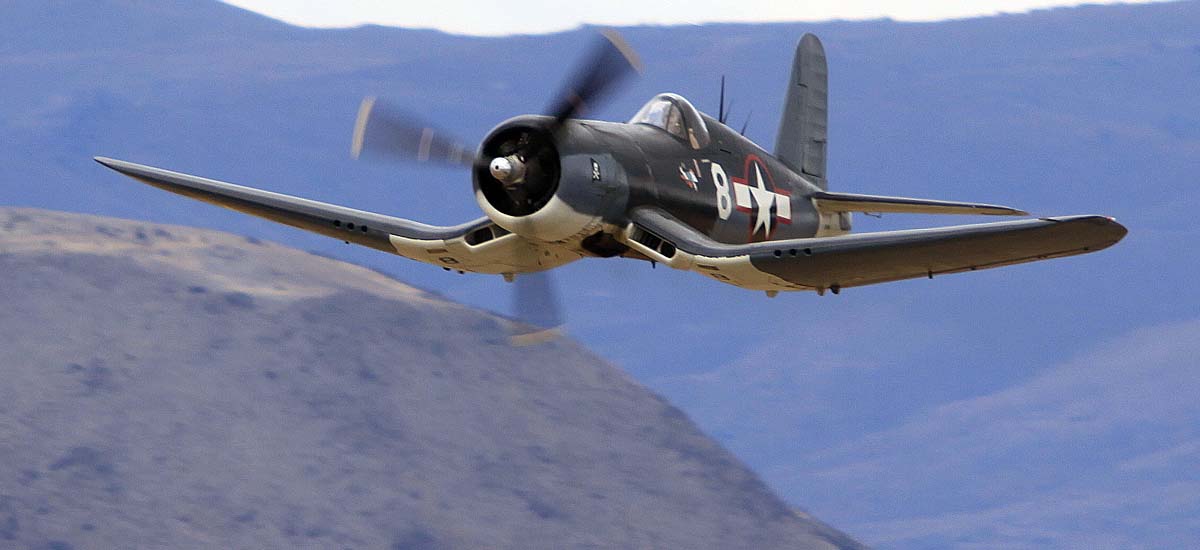
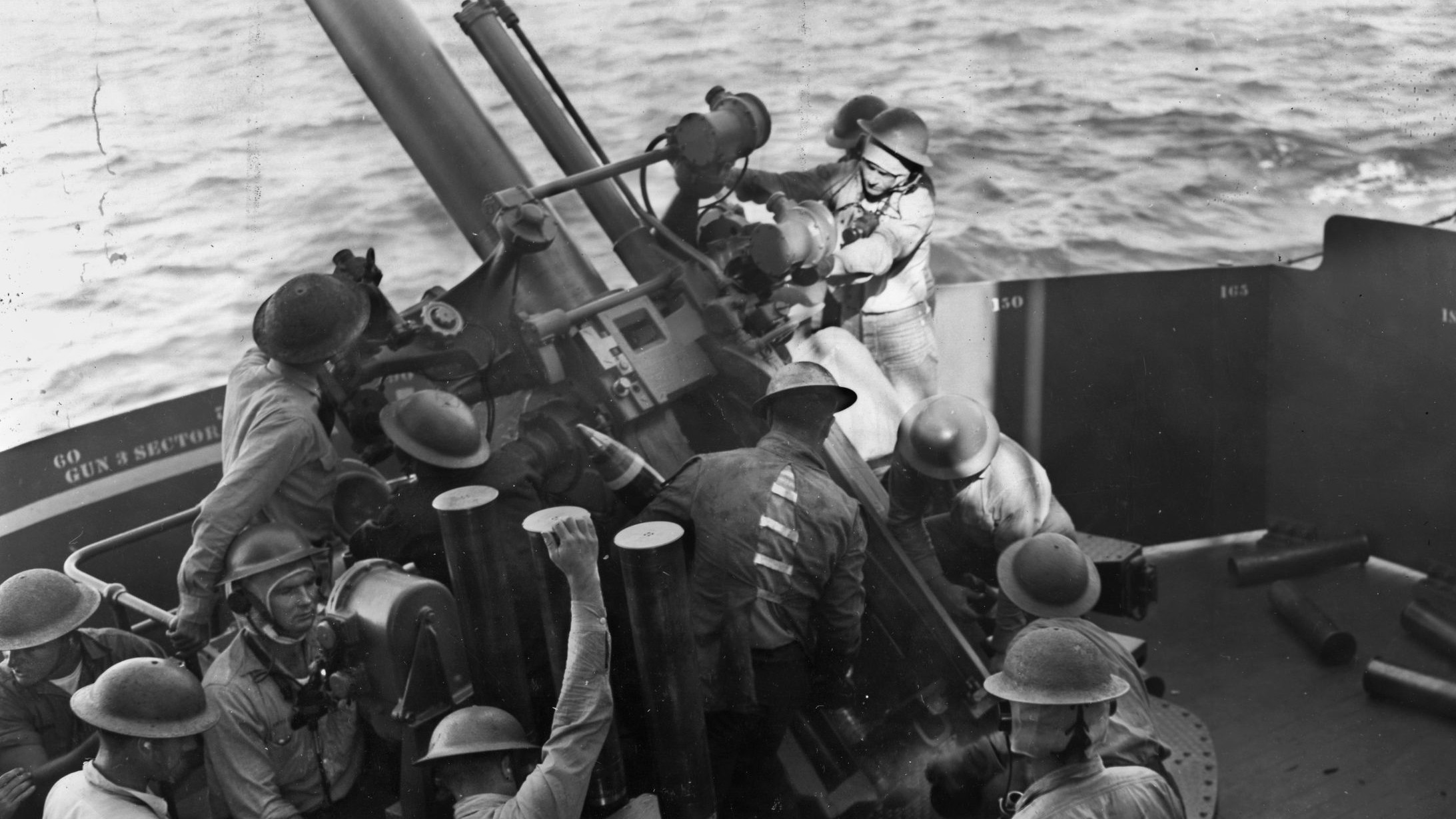
Join The Conversation
Comments
View All Comments